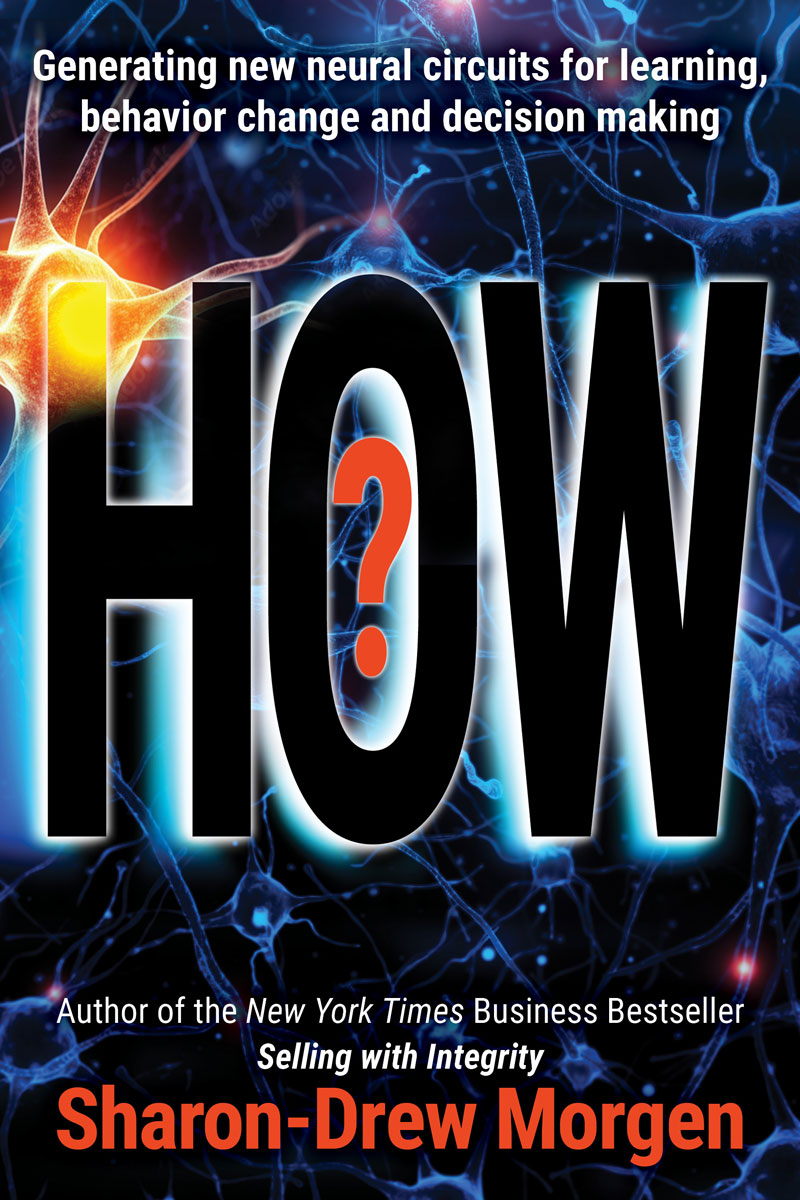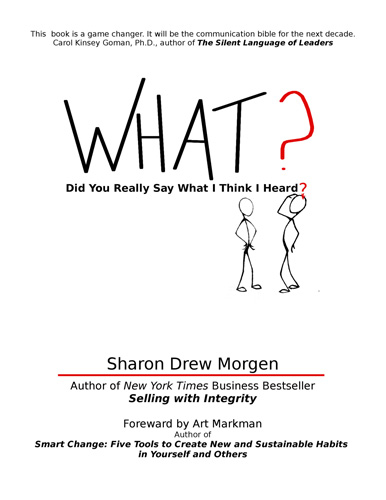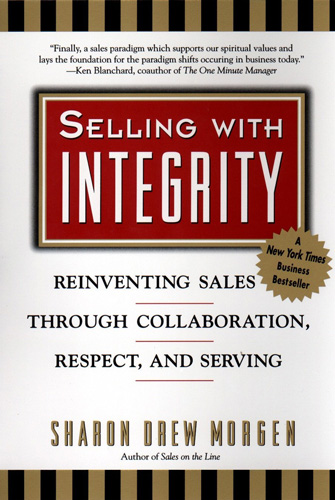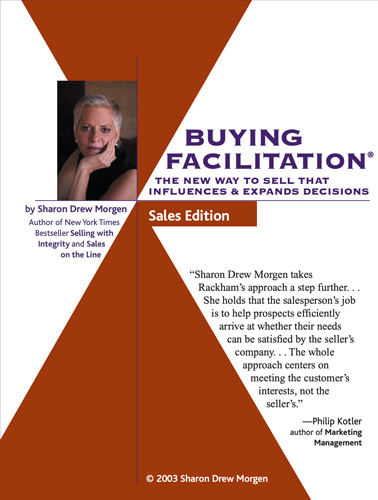1. Assemble full representation to agree on purpose and goal
- Ask: what would you have now if all you need would be in place?
- Iterate until across-the-board agreement. Chunk-up where necessary.
2. Discuss possible implications – risks, readiness, disruption – for change.
- Ask: what would cause you to not attain this now?
- Iterate until all voices express their doubts, fears, problems
3. Consider risks of change to attain new goal. What’s needed for buy-in?
- Brainstorm: what would change? cultural norms? Individual jobs? Timing? Finance?
4. Identify the risks of each proposed change: What is the fallout? How can we achieve buy-in without resistance?
A. If risk worthwhile, reach consensus re beliefs, values, norms, that must be upheld in a solution.
-
- Ask: who are we as a group/company that must be maintained?
- Iterate until a set of beliefs, values, norms etc. are agreed
B. If too risky, is there a way to make less risky changes that match beliefs and meet goals?
-
- Ask: who are we as a group/company that must be maintained?
- Ask: what goals can we meet with manageable risks?
- Get agreement from stakeholders involved with proposed changes.
5. Get stakeholder agreement on goal. Brainstorm outputs/behaviors to meet.
- Check they match the group’s values. Get agreement to proceed.
6. Brainstorm possible new outputs/behaviors to match beliefs/meet new goals.
- Ask: what new behaviors/actions would match our beliefs and resolve the problem? Do they match our values? What would we do/have differently? How will we manage the risks of each?
7. Confirm buy-in by all who will touch the new solution before implementing.
- Is risk managed? Are stakeholders on board for each change? are values incorporated?
8. Form implementation groups.
9. Brainstorm/research what stakeholders in each department/ group must add/shift to achieve goal.
10. Full representation of voices to choose the best resources to achieve goal.
11. Brainstorm what’s necessary to learn/implement/maintain resources.
12. Choose leaders to manage implementation/maintenance of new resources.
13. Decide on how follow-up will be managed.
________________
Sharon-Drew Morgen is a breakthrough innovator and original thinker, having developed new paradigms in sales (inventor Buying Facilitation®, listening/communication (What? Did you really say what I think I heard?), change management (The How of Change™), coaching, and leadership. She is the author of several books, including her new book HOW? Generating new neural circuits for learning, behavior change and decision making, the NYTimes Business Bestseller Selling with Integrity and Dirty Little Secrets: why buyers can’t buy and sellers can’t sell). Sharon-Drew coaches and consults with companies seeking out of the box remedies for congruent, servant-leader-based change in leadership, healthcare, and sales. Her award-winning blog carries original articles with new thinking, weekly. www.sharon-drew.com She can be reached at sharondrew@sharondrewmorgen.com.




